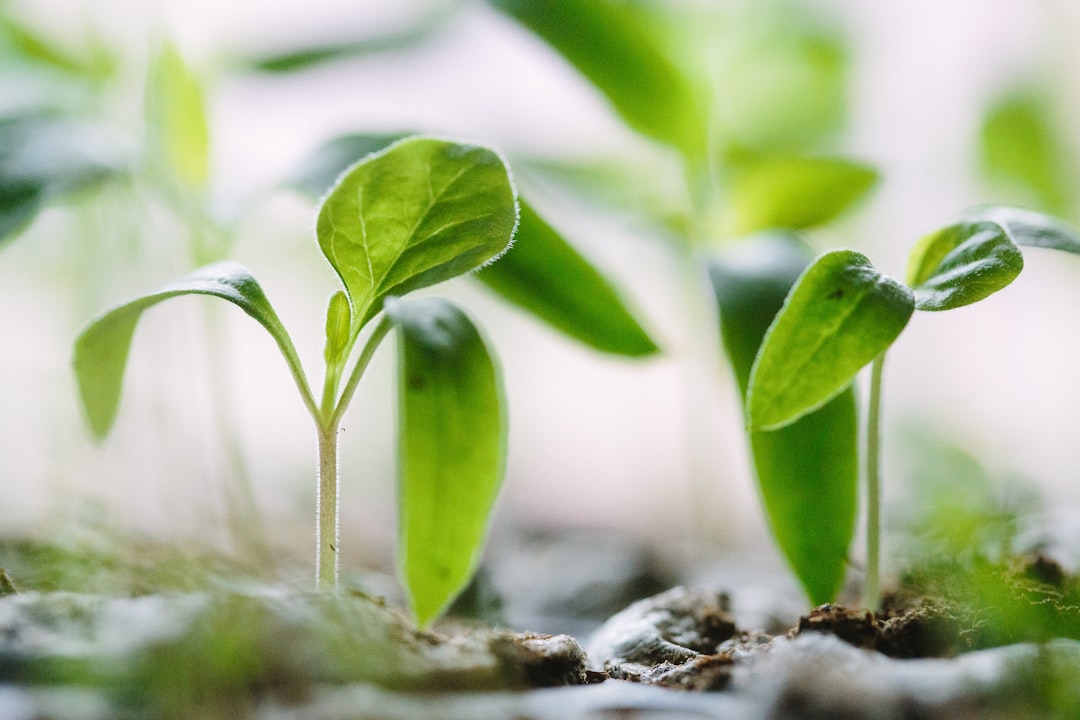Urban gardening is a rewarding way to bring greenery into city life, but with limited space and environmental challenges, choosing the right plants is crucial. Whether you have a balcony, rooftop, or windowsill, selecting plants that thrive in your specific conditions will set your garden up for success.
In this guide, we’ll explore how to pick the best plants based on sunlight, space, and climate, ensuring a thriving urban oasis.
1. Assessing Sunlight: How Much Do Your Plants Need?
Sunlight is one of the most important factors in plant growth. The amount of direct sunlight your space receives will determine which plants will thrive.
How to Determine Sunlight Levels:
-
Full Sun (6+ hours of direct sunlight): Ideal for fruiting vegetables, herbs, and flowering plants.
-
Partial Sun/Partial Shade (3–6 hours of direct sunlight): Suitable for leafy greens, root vegetables, and shade-tolerant flowers.
-
Full Shade (Less than 3 hours of direct sunlight): Best for ferns, mosses, and certain shade-loving herbs like mint.
💡 Tip: Track sunlight throughout the day to understand your space better. South- and west-facing balconies or rooftops typically get the most sun, while north-facing areas receive less light.
Best Plants for Different Sunlight Conditions:
Sunlight Level Best Plants Full Sun (6+ hours) Tomatoes, peppers, basil, rosemary, lavender, strawberries, succulents Partial Sun (3–6 hours) Lettuce, spinach, kale, parsley, carrots, radishes, impatiens Full Shade (<3 hours) Mint, chives, ferns, hostas, begonias, peace lilies2. Maximizing Space: Growing Up, Not Out
In urban gardens, space is often limited. Whether you’re growing on a balcony, rooftop, or community plot, efficient use of space is key.
Space-Saving Gardening Techniques:
-
Vertical Gardening: Use trellises, wall planters, and hanging baskets to grow plants upwards. Great for vining plants like cucumbers, beans, and peas.
-
Stackable Planters & Tiered Shelves: Allow multiple layers of plants in a small footprint.
-
Compact or Dwarf Varieties: Many vegetables and fruits come in smaller cultivars perfect for container gardening (e.g., dwarf tomatoes, mini bell peppers).
-
Square Foot Gardening: A method that maximizes yield in small spaces by planting crops in grid patterns.
💡 Tip: Use multi-functional furniture, like a plant shelf that doubles as storage, to make the most of tiny spaces.
Best Plants for Small-Space Gardens:
Space-Saving Strategy Best Plants Vertical Gardening Peas, beans, cucumbers, tomatoes, ivy, pothos Hanging Baskets Strawberries, cherry tomatoes, herbs, trailing flowers Compact/Dwarf Varieties Dwarf peppers, mini eggplants, patio blueberries Container-Friendly Crops Lettuce, spinach, radishes, herbs, microgreens3. Understanding Your Local Climate
Your local climate plays a big role in plant selection. Factors like temperature, humidity, and seasonal changes impact what will grow best in your area.
Consider These Climate Factors:
-
Hardiness Zone: Determines what plants can survive year-round. Check your USDA or regional plant hardiness zone.
-
Seasonal Weather Patterns: Some plants thrive in cool weather (lettuce, kale), while others love heat (tomatoes, basil).
-
Humidity Levels: Dry climates may require drought-tolerant plants like succulents, while humid areas benefit from airflow-friendly spacing to prevent mold and mildew.
💡 Tip: If your climate is extreme (too hot, cold, or rainy), consider using greenhouses, shade cloths, or cold frames to protect your plants.
Best Plants for Different Climates:
Climate Type Best Plants Hot & Dry Cacti, succulents, rosemary, thyme, peppers, lavender Cool & Temperate Kale, spinach, broccoli, carrots, radishes, peas Humid & Tropical Basil, bananas, ginger, lemongrass, ferns Unpredictable Weather Hardy herbs (mint, oregano), lettuce, marigolds4. Bonus: Low-Maintenance Plants for Busy Urban Gardeners
If you have a busy schedule or travel often, consider plants that require minimal care.
Best Low-Maintenance Urban Plants:
🌱 Herbs: Mint, chives, thyme (can tolerate some neglect).
🌿 Leafy Greens: Lettuce, spinach (grow fast and regrow after harvesting).
🌸 Hardy Flowers: Marigolds, petunias (resistant to urban pollution).
🌵 Succulents: Aloe vera, jade plants (require little water).
💡 Tip: Use self-watering planters or drip irrigation systems to reduce maintenance needs.
Final Thoughts: Grow Smart, Not Hard
Choosing the right plants for your urban garden means working with your environment, not against it. By considering sunlight availability, space constraints, and climate conditions, you can grow a thriving, productive garden—whether on a tiny balcony or a shared rooftop.
🌿 Key Takeaways:
✅ Match plants to sunlight levels for best growth.
✅ Use vertical and compact planting techniques in small spaces.
✅ Select climate-appropriate plants to reduce maintenance and maximize success.
With the right choices, even the smallest urban spaces can become lush, green retreats.

Comments
No comments yet. Be the first to comment!
You must be logged in to comment. Login